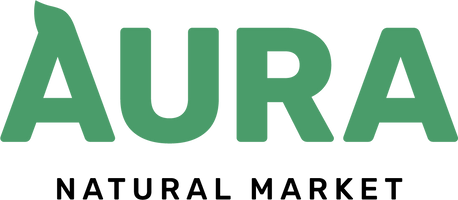Consult with a Nutritionist
Hay fever
Hay fever is a common problem usually encountered in the spring and early summer. It is part of the group of health conditions known as allergic rhinitis – allergies to airborne substances which lead to inflammation in the lining of the nose, throat and eyes.
What is hay fever?
In the main, hay fever refers to an allergy to pollen. If one is allergic to animals or house dust, this is referred to by doctors as ‘allergic rhinitis’. However, the terms ‘hay fever’ and ‘allergic rhinitis’ are often used interchangeably.
It has been estimated that up to 20% of people in Western countries suffer from hay fever. People prone to the condition tend to develop the problem during their teenage years and, although the condition lessens in severity with age, it can linger well into late adulthood.
Hay fever is associated with two other health conditions,eczema and asthma, in what doctors term the ‘atopic triad’. Someone suffering from one of these conditions is more likely to develop one or both of the others. Atopy, or this type of allergic tendency, can also run in families.
What is the cause of hay fever?
Hay fever is caused by an abnormal (or allergic) reaction of the body to pollen coming into contact with the nose, eyes or throat. The body’s immune system reacts to this usually ‘harmless’ substance as it thinks that, for some reason, it is ‘harmful’ – as if the body were being attacked by a potent virus.
As the immune system over-reacts, it releases large amounts of a chemical known as histamine. This causes itching, inflammation and irritation in the local tissue. Why the immune systems of people with hay fever over-react in this way is not known.
Pollen causing hay fever can come from grass, trees or flowers. In Canada pollen levels increase dramatically in spring as Nature comes to life.
As the weather warms up, grass, bushes, trees and other plants grow and develop in a coordinated fashion. In this way, pollen levels are highest during spring and early summer. In countries which are warm all year round, plants do not have these coordinated phases as they are able to grow and flower all year round. This explains why hay fever does not tend to be a problem in say, tropical countries.
Pollen levels in Canada are very much dependent on the weather. A week of dull rainy weather followed by a few days of warm sunshine, can drive pollen levels sky high – not good news for those with hay fever.
A summary of the treatments used for hayfever
Many people look for some form of relief from the irritating symptoms of hay fever. Remedies range from anti-histamines to complementary remedies. However, as everyone reacts to pollen in slightly different ways, you may need to try a few treatments before finding the one which is most effective for you.Antihistamines
Hay fever symptoms arise because of an excessive production of histamine by the immune system, in response to an allergen (allergy causing agent) such as pollen. This is the basis for the use of antihistamine tablets, liquids or sprays as the main conventional method for treating hay fever. Antihistamines stop the release of histamines by the immune system. They are readily available in pharmacies and supermarkets, and can relieve symptoms such as itching or watery eyes and nose. However, many antihistamines have the disadvantage of causing drowsiness - and if you are so affected, you should not drive or operate machinery. In addition, antihistamines are not able to help you if you suffer from a blocked nose.Eye drops
Whilst antihistamines taken orally can be helpful for many symptoms, sometimes specific treatment for the eyes may be necessary. This is especially so if your hayfever symptoms are mainly itching or swelling of the eyes. Eye drops for hayfever can come in two forms:- Drops containing the chemical sodium cromoglycate. This works by desensitising a specific type of cell in the immune system, reducing its ability to react to pollen
- Eye drops containing hyaluronic acid. These help to wash away pollen by working with the natural tear secretion in the eyes.
Steroids
Steroids work by dampening or lowering the body’s immune response. This is why, if you are prone to infections, you should not use this class of medicines. Hay fever steroid treatments are available in a number of forms:- Steroid nasal sprays. These can be useful if your hayfever gives you a blocked nose
- Steroid tablets. These are prescribed by doctors if hay fever symptoms are severe. In these situations, in addition to the usual hay fever symptoms, you may be complaining of tiredness, fatigue or itching throughout the body.
Other nasal sprays
For those people who prefer to avoid the use of steroids,‘Non-steroidal’ nasal sprays are available and are especially useful for blocked noses caused by hay fever. They work partly by ‘irrigating’ or ‘washing out’ the nasal passages and in this way, free up blocked nasal passages. Hay fever nasal sprays also have the advantage of getting rid of any pollen lying on the surfaces of the lining of the nose.Complementary medicine
A wide range of treatments is available under this umbrella, ranging from herbal medicines to acupuncture and beyond. Complementary treatments which can help relieve hayfever symptoms include:- Acupuncture – this form of treatment originated from China and is now widely available for treating a variety of health conditions, including hay fever
- Herbal or homeopathic remedies – Many homeopathic remedies are derived from herbs and these have been used traditionally to treat a number of health conditions including the relief of hay fever.

